Paul Mazzarella
M.R.P. '79

Paul Mazzarella.
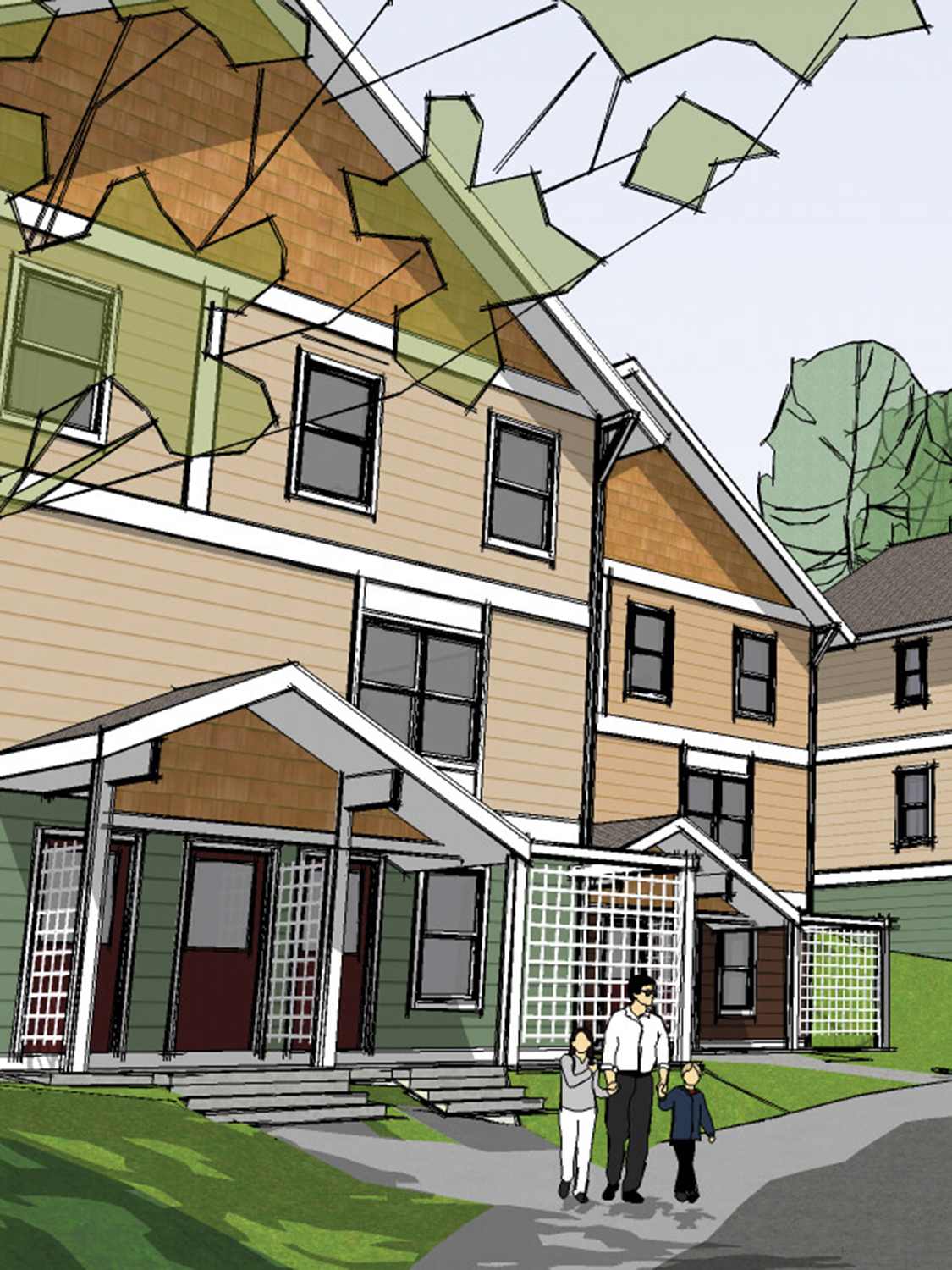
Illustration of Cedar Creek (2010), residential community, Ithaca, New York.
Projects
Selected Works

Founders' Way (2022), 320 West Buffalo St., Ithaca Neighborhood Housing Services, 53 apartment units, Ithaca, New York. INHS redeveloped the former Immaculate Conception School into a vibrant mixed-use community that provides affordable rental housing serving a range of household sizes and income levels and space for nonprofit organizations to serve the public.
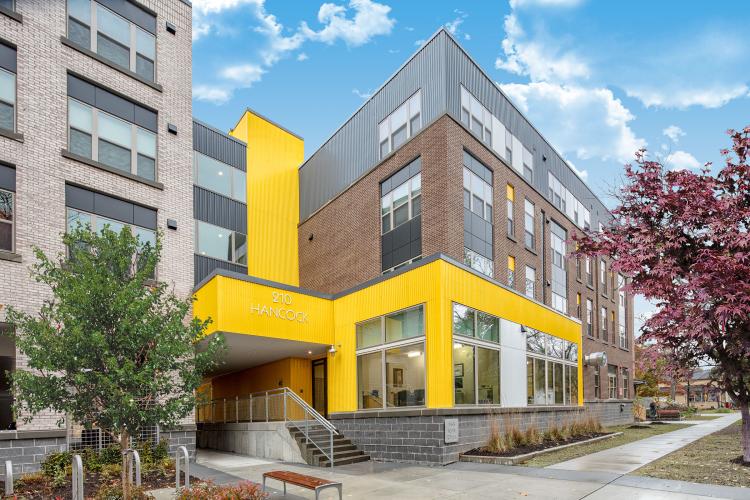
210 Hancock (2017), Ithaca Neighborhood Housing Services, 65,000-square-foot mixed-use building and 12 townhouses, Ithaca, New York. The project transformed an entire city block from two vacant buildings surrounded by a surface parking lot into a vibrant mixed-use community that includes mixed-income rental housing, moderate income for-purchase housing sold into the INHS Community Housing Trust, an Early Head Start childcare facility, and not-for-profit commercial space.
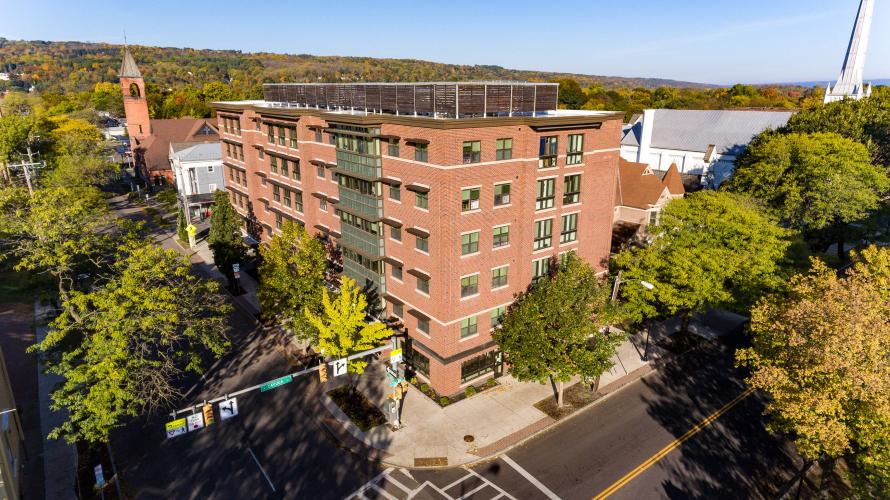
Breckenridge Place (2014), 100 West Seneca St., Ithaca Neighborhood Housing Services, 55,000 square feet, 50 apartment units, Ithaca, New York. Breckenridge Place is an award-winning, LEED Platinum-certified mixed-income apartment community that provides affordable housing in a highly walkable location to individuals and small families.

Holly Creek (2013), Ithaca Neighborhood Housing Services, 22 townhomes, Ithaca, New York. Completed in two phases, Holly Creek earned ENERGY STAR LEED Gold Certification and was awarded the Housing Innovation Award by the U.S. Department of Energy.

Holly Creek (2013), Ithaca Neighborhood Housing Services, Ithaca, New York. Holly Creek is INHS' largest Community Housing Trust development with 22 townhomes, sold to first-time homebuyers. The homes sold at starting prices of $104,000, well below the county’s median price of $183,000.
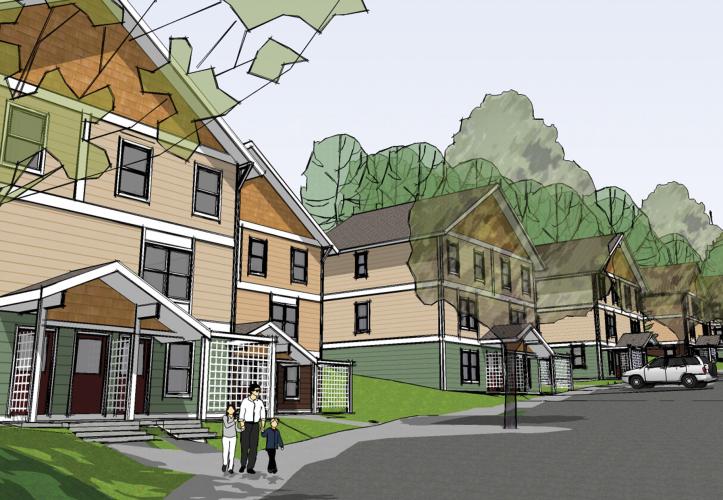
Cedar Creek (2010), 310 Floral Ave., illustration, Ithaca Neighborhood Housing Services, Ithaca, New York. Consisting of 39 apartments and a community building, Cedar Creek serves a mix of family types with 44% of the units serving large families in three-bedroom units, 38% designed as two-bedroom units, and 18% as one-bedroom units.
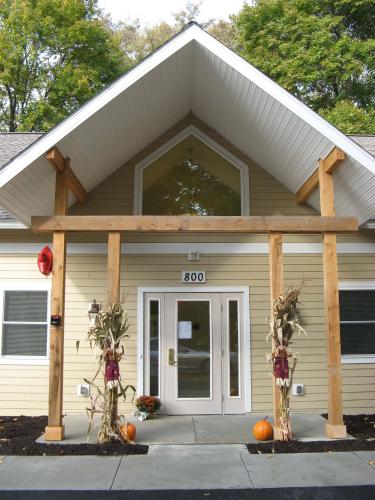
Cedar Creek (2010), 310 Floral Ave., front facade, Ithaca Neighborhood Housing Services, Ithaca, New York.
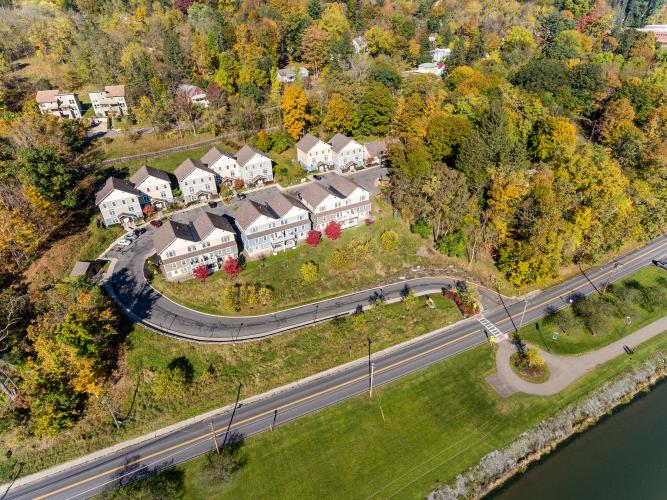
Cedar Creek (2010), 310 Floral Ave., aerial view, Ithaca Neighborhood Housing Services, 39 apartments and a community building in seven structures, Ithaca, New York. Built on the side of a hill overlooking the Cayuga Lake Inlet, residents have incredible views of Cornell University, Ithaca College, and the city's skyline.
Color: Lorem ipsum dolor sit amet, consectetur adipisicing elit. Distinctio, eveniet?
